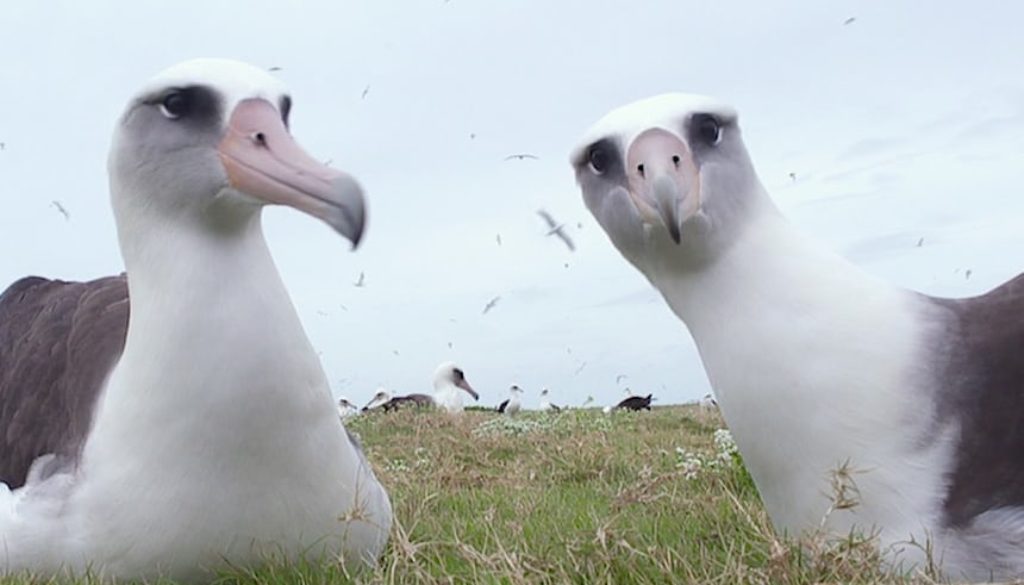Albatross by Chris Jordan
Article by Robert Crocker – Deputy Director at China Australia Centre for Sustainable Urban Development (Adelaide, South Australia) Original article published
 I am very pleased to have been invited to introduce this heartbreaking, and beautiful, new film at the Transitions Film Festival in Adelaide, May 27th, 7pm (Mercury Cinema). I first came across Chris Jordan’s work when, with some colleagues, I put together an exhibition and seminar at UniSA in 2016 on the Futures of Waste. Chris was one of several international photographers who took part in the exhibition. Our aim was to bring awareness to the problem of waste, as a product of the growth economy, a direct result of everyday consumption, and not some mysterious disaster happening ‘elsewhere’. We then took the exhibition to the UNCRD Regional 3Rs Forum which was held in Adelaide in November, 2016. I still remember my amazement at seeing our distinguished guests, experts on waste from across the Asia Pacific region, taking photographs of these photographs, hanging on the walls of the Convention Centre.
I am very pleased to have been invited to introduce this heartbreaking, and beautiful, new film at the Transitions Film Festival in Adelaide, May 27th, 7pm (Mercury Cinema). I first came across Chris Jordan’s work when, with some colleagues, I put together an exhibition and seminar at UniSA in 2016 on the Futures of Waste. Chris was one of several international photographers who took part in the exhibition. Our aim was to bring awareness to the problem of waste, as a product of the growth economy, a direct result of everyday consumption, and not some mysterious disaster happening ‘elsewhere’. We then took the exhibition to the UNCRD Regional 3Rs Forum which was held in Adelaide in November, 2016. I still remember my amazement at seeing our distinguished guests, experts on waste from across the Asia Pacific region, taking photographs of these photographs, hanging on the walls of the Convention Centre.
The problem Chris has focused on with such great effect in his award-winning work, the destruction of seabirds through their ingestion of marine plastics, is a nightmare that too few have fully grasped. We are making about 350 million tonnes of plastics every year, and recycling, in truth, only about 9 per cent of all this. The rest of this avalanche is buried with a small proportion burnt, with over 8 million tonnes ending up in the sea each year.
Poisoning, maiming, killing fish, whales, tortoises, and all kinds of birds, this is an even more serious problem than DDT ever was in the sixties, since DDT can be banned, and the companies using it can be fined or stopped from using it by concerned governments. The companies making DDT could also change their focus and switch their efforts to other profitable chemical sales. However, marine plastics, on the other hand, are at the end of the ‘pipe’ of literally hundreds of manufacturers’ ‘supply chains’. It is a ‘magic’ material, used in almost all consumer goods and packaging, and most industrial equipment. Much of it cannot be easily substituted, without a lot of hard and patient design work. The pile of plastics Chris’s film documents that ends up in the sea, is added to daily by literally thousands of people just going about their daily business, unaware of the danger of the material they have in their hands.
As this teaser to the film shows, it is a problem beyond individual choice, and has multiple political, social and economic, and, above all, environmental, dimensions. We can’t rely on the companies making this stuff to solve this problem themselves – in many cases it is directly against their commercial interests. We might go without plastics ourselves, but this will do little to stop the slow Tsunami of plastic entering the oceans. Reports, research projects, all point to the same disaster that Chris’s film so poignantly records: most plastics are incompatible with the natural environment, and can have a tragic effect on all creatures, soon entering the food chain with devastating effect.
We need to get our governments to wake up to this problem and take it more seriously, both here in Australia and in the nations where most of it is made, especially the USA, China, and Germany, the main centres of plastics manufacturing. Getting our own house in order, so that this waste can be more effectively dealt with, banning plastics where we can, and finding substitutes in other domains, is really only a start, but we have to start somewhere. This tragic vision of dying seabirds, miles out in the Pacific away from human sight, will hopefully stir its viewers to do what they can to push our environmentally somnolent government into action.

